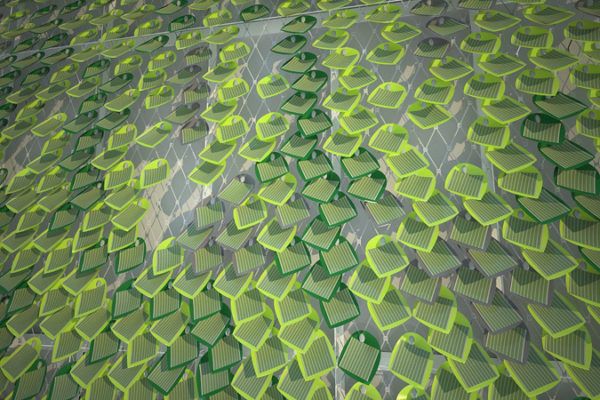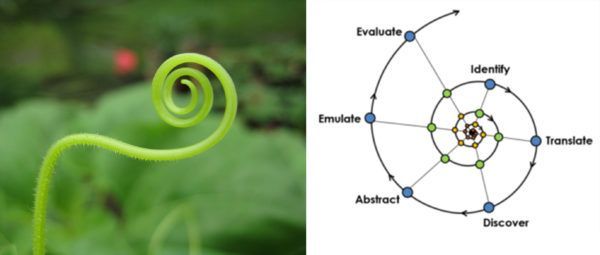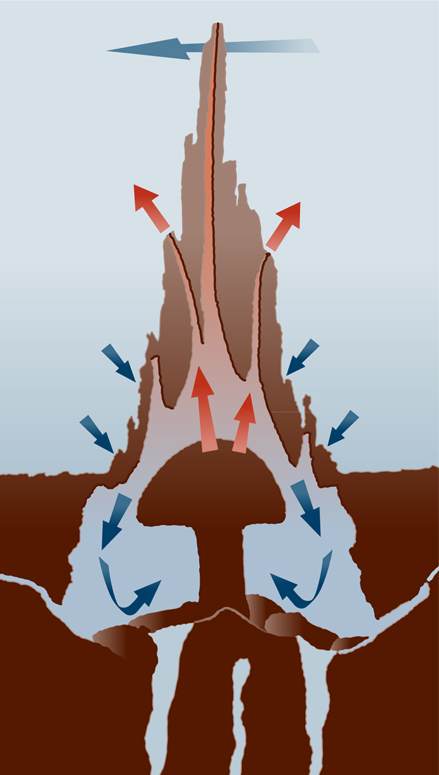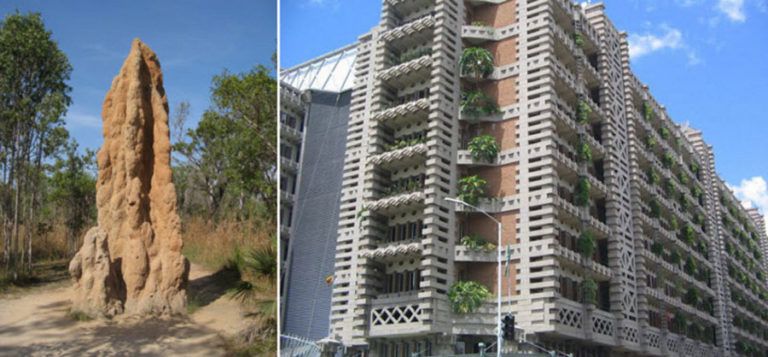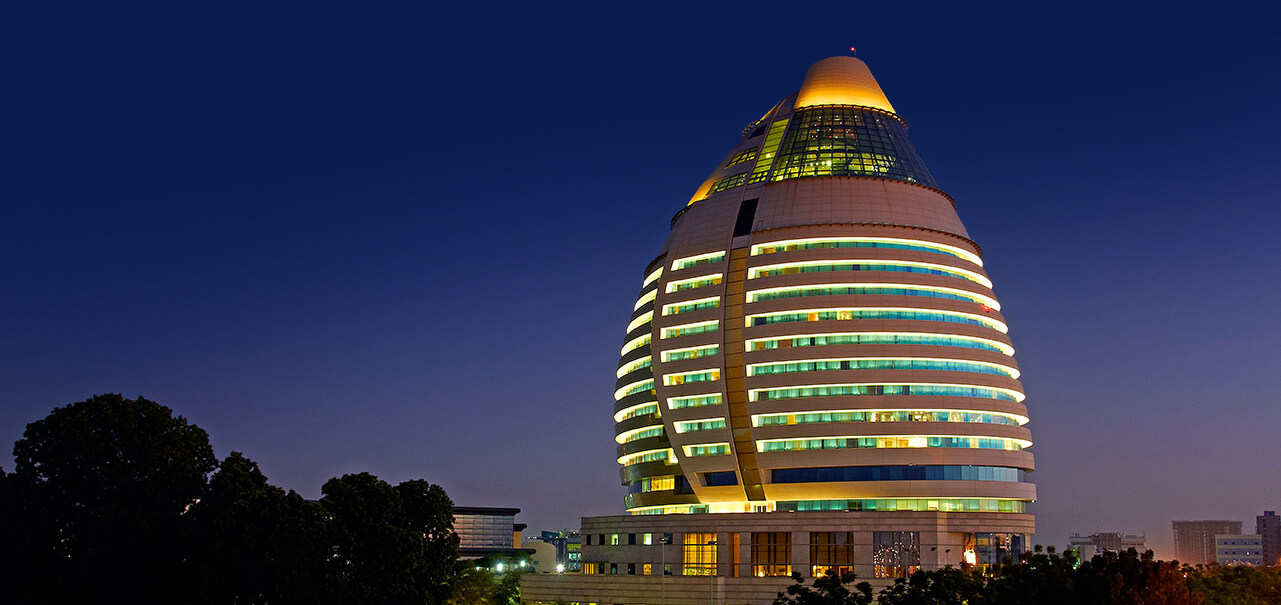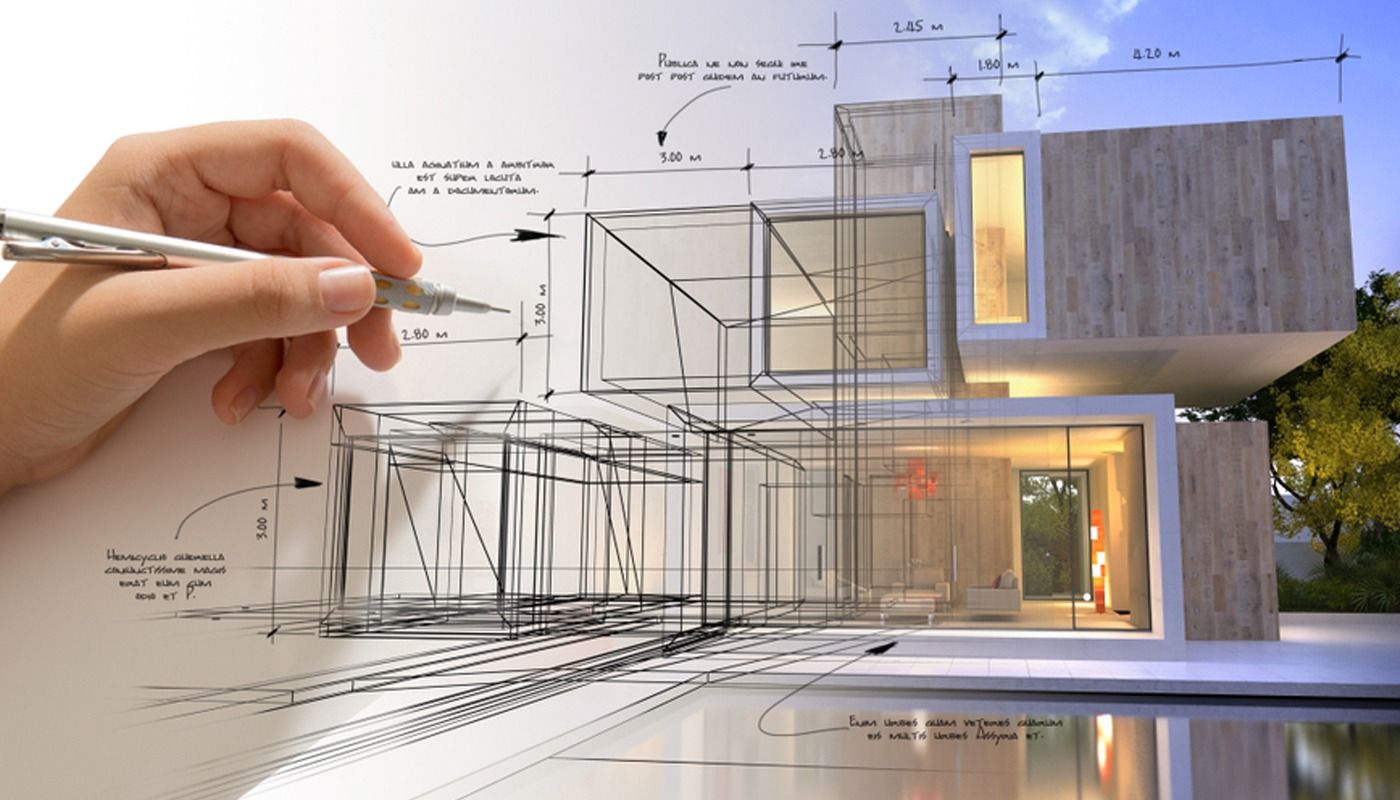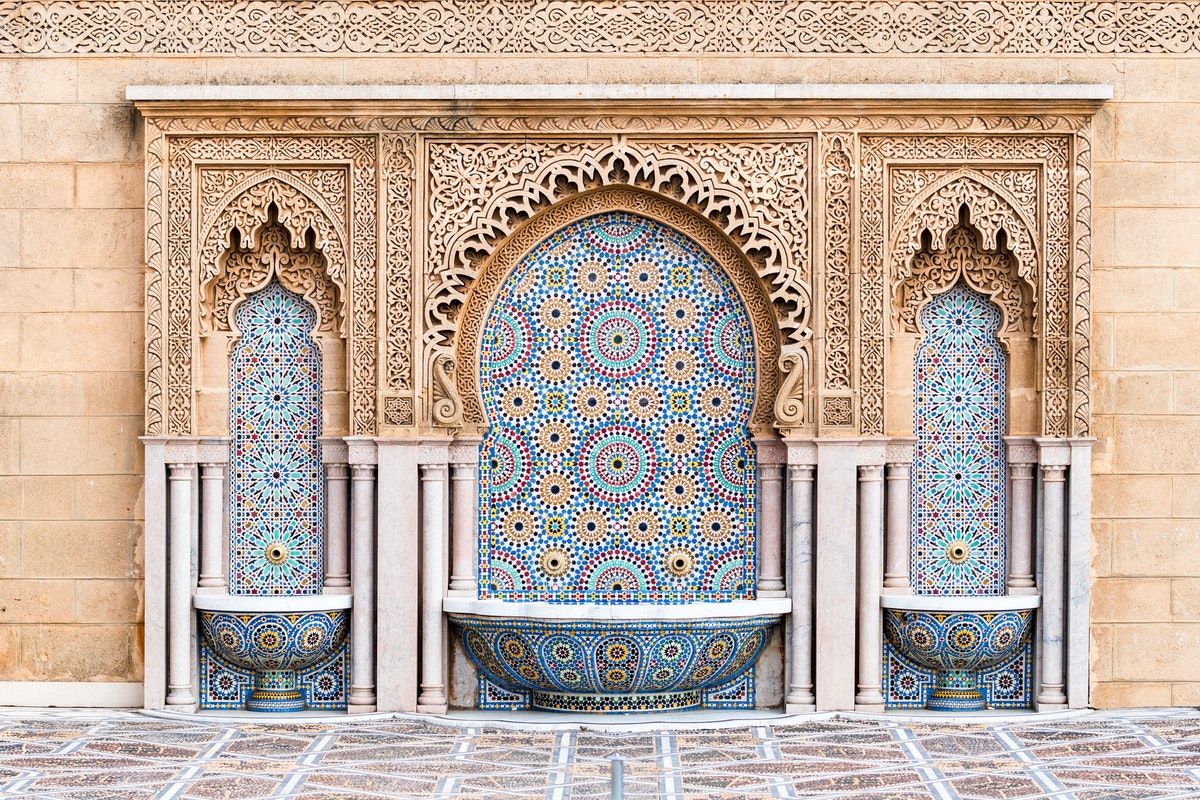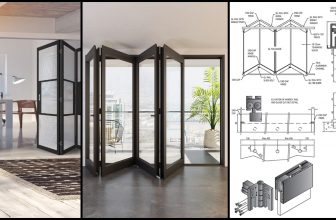Biomimetic Architecture is now on the rise. Therefore, discovering its potentials is vital. Now, There are Biomimetic wind turbine trees & furniture that use the principles of Biomimicry. Read on to find out How Biomimicry Enhances Creativity in Architecture.
What is Biomimicry?
The term ‘biomimicry’ originates from the Greek words bios, meaning life, and mimesis, meaning imitate. It refers to imitating natural strategies (not forms) to devise new sustainable solutions. Although buildings guard us against natural extremes, they have a lot to learn from the natural world. Oh, the irony!
Nature and natural processes are the guiding principles or the main metaphors of the design approach. – Frank Lloyd Wright
Creativity in Architectural Systems: What are Examples of Biomimicry?
Biomimetic applications produce innovative architectural systems. The following are a few examples:
1. Solar Panel System
You’re all familiar with solar panels. But did you know that they are a product of biomimicry?
The solar panel system mimics the way leaves harvest energy. This imitation is further intensified with the Ivy solar cells designed by SMIT, a Brooklyn-based firm. The new ‘artificial leaves, so to speak, combine chlorophyll with carbon materials to generate renewable energy and winds. This results in greater efficiency and lower cost.
2. Synthetic Material
This cutting-edge building material ‘reverse engineers’ the self-healing mechanism of the organism at the time of injury. That is to say, it bleeds and heals like our skin. It contains tiny capsules with healing agents to self-repair any damage or cracks. Due to this, we have quite a low-maintenance and durable material.
3. Responsive Façade
Yes, the concept of the responsive facade is biomimetic too. It stems from the concept of spiky or fibrous husks that protect the fruit or the seeds inside. The facade of Esplanade Theatre, for example, mimics the semi-rigid skin of the durian plant which is covered in thorns to protect its inner content. The building’s exterior adjusts throughout the day to allow sunlight in without overheating the space.
4. Termite mound’s ventilation structure
Minuscule termites build giant mounds to grow and house fungus (their main food). The amazement kicks in with the complex ventilation system of this structure.
The Fungus must be kept at 87 F while the outside temperature ranges between 35 F (night) – 104 F (day). Termites achieve this by constantly opening and closing thousands of heating and cooling vents at the surface of the mound. Air is sucked in the lower part of the mound, moving down into the mud enclosures and up through the channels at the peak. The termites continuously dig new vents and plug up the old ones to fine-tune the system.
Eastgate Center in Zimbabwe mimics a similar concept. The concrete building mass warms or cools the winds entering the building depending on which is hotter, the concrete or the air.
As in the termite mounds, the air enters the building into the lower floors and offices before escaping through the chimneys at the top. This system reduces the building’s energy consumption to less than 10% of a conventional building.
There is a huge list of such ingenious examples, some accomplished while others yet to be. The next step forward is a Biomimetic architectural system that creates itself!
The creativity of the Minds!
Biomimicry in architecture not only produces creative systems but also induces creative thinking in Architects. Carl Hastrick developed a biomimicry spiral demonstrating a step-by-step process to turn natural strategies into creative design solutions:
- Identify – make a list of the functions your building will perform.
- Translate – translate it to biological terms; i.e. think how nature does this function.
- Discover – Discover the natural heroes who solve your challenges.
- Abstract – reinterpret the discovered strategies in architectural terms.
- Emulate – devise a design solution from the strategies.
- Evaluate – evaluate your design solution against your old brief from step 1 and against the natural rules you discovered in step 3.
Thereupon, you can evolve your own laps to reach your final design conclusion.
Biomimicry spiral provides an opportunity to learn about natural elements and bring new strategies to the table. It disrupts traditional thinking and creates a new level of curiosity. That is, how nature solves your challenges? With this method of thinking, you can brainstorm design solutions in fresh unconventional ways. Here’s another creativity booster: increase your outdoor experiences in the natural world. Bring them to your design studios! Natural environment will enhance your creativity far more than an office where you sit in front of a screen all day.
Try to emulate the genius of your own environment in your designs and see what you come up with. You might be the next Zaha Hadid, who knows?


